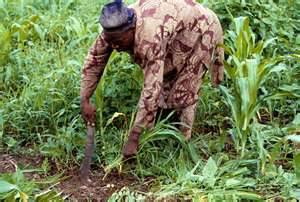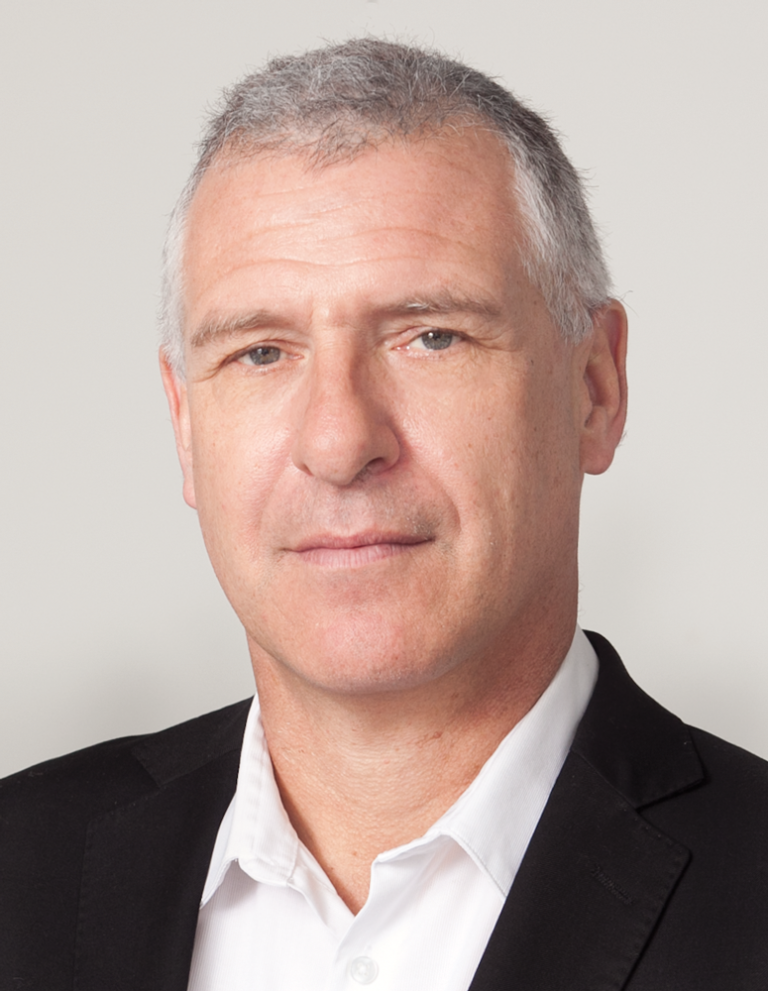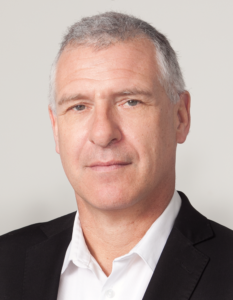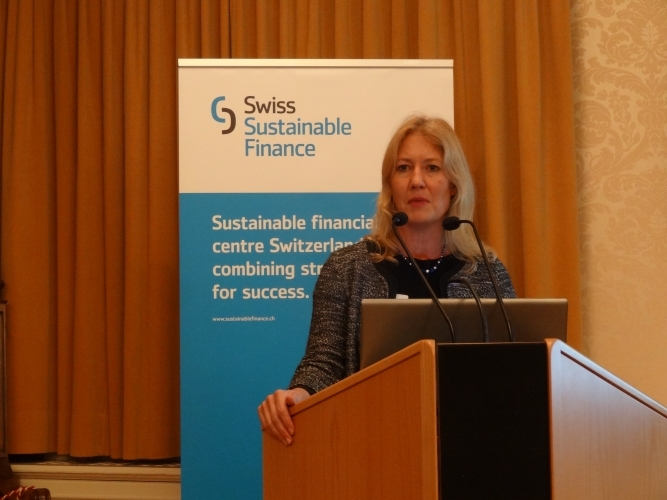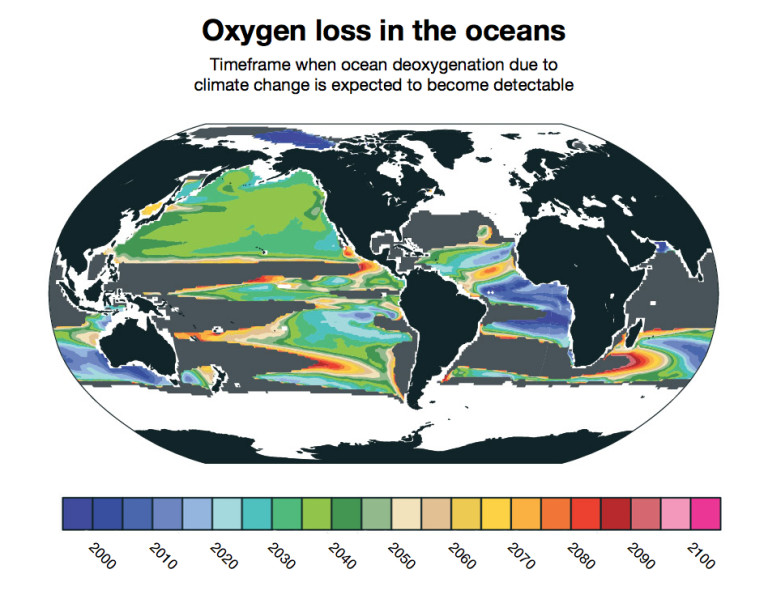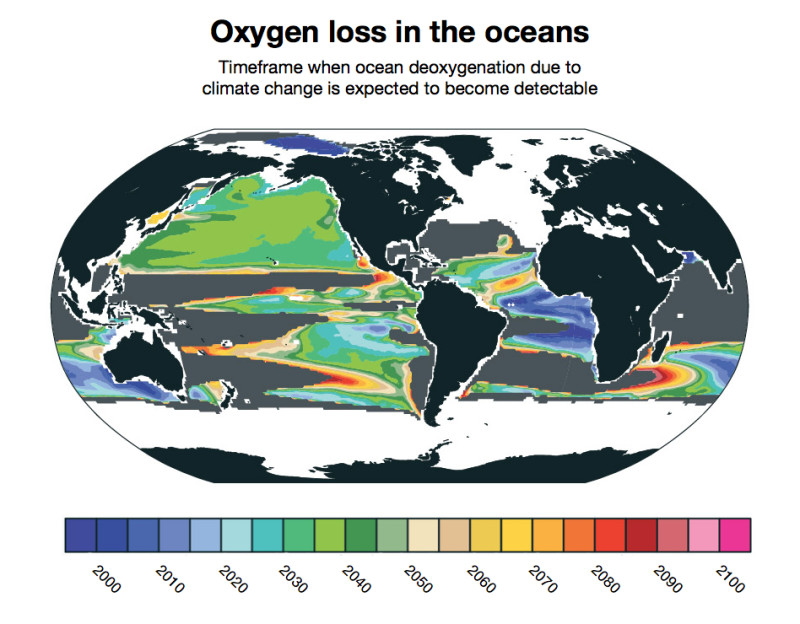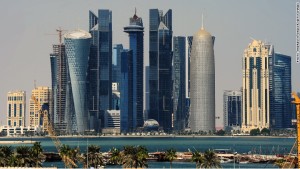The first meeting of the new Subsidiary Body on Implementation (SBI-1) to the Convention on Biological Diversity (CBD) opened on Monday in Montreal, Canada, focusing on increasing efforts related to strengthening the review process and enhance on-the-ground implementation at global, national, subnational and local levels.

The meeting, being held from 2-6 May 2016 at the headquarters of the International Civil Aviation Organisation in Montreal, is expected to adopt numerous recommendations for consideration by Parties to the Convention at their 13th meeting of the Conference of the Parties (COP 13), set to take place in December this year in Cancun, Mexico.
Among other things, it will review progress made in implementing the Convention and its Strategic Plan for Biodiversity 2011-2020, consider strategic actions to enhance national implementation, particularly through mainstreaming within and across sectors, and also consider the implications of the 2030 Agenda for Sustainable Development and its Sustainable Development Goals, and of other relevant international processes, for the future work of the Convention. The meeting will also consider the topic of how to increase cooperation and synergies with other biodiversity-related conventions. The meeting is expected to propose guidelines for the sixth national reports, the main means of reporting on progress. The meeting will also consider efforts to support implementation, such as capacity building and technical and scientific cooperation and progress on resource mobilisation. Finally, the meeting will consider the future modus operandi for the SBI, including possible mechanisms to assist Parties in reviewing progress on implementation.
The Conference of the Parties, at its twelfth meeting, established the Subsidiary Body on Implementation to replace the Ad Hoc Open-ended Working Group on Review of Implementation of the Convention. Discussions and negotiations at SBI-1 will primarily centre on four main core areas:
Review of progress in implementation
Parties will review progress towards the implementation of the Strategic Plan for Biodiversity 2011-2020 and the achievement of its Aichi Biodiversity Targets at the national level. Several Parties have formulated targets related to the Aichi Targets, but many need to match their level of ambition and scope to be commensurate to the Aichi Targets in order to ensure that the aggregate effect of national targets is sufficient to attain the corresponding Aichi Biodiversity Targets at global level. While encouraging progress has been made in meeting some elements of most Aichi Biodiversity Targets, this progress will not be sufficient to achieve the targets by 2020 unless urgent and effective action is taken to enhance implementation.
Parties will also review progress made towards Aichi Biodiversity Target 16 (By 2015, the Nagoya Protocol on Access to Genetic Resources and the Fair and Equitable Sharing of Benefits Arising from their Utilisation is in force and operational, consistent with national legislation). While the first element of Target 16 has been met and significant efforts are being made to implement the Nagoya Protocol, further progress is needed to make the Nagoya Protocol operational in line with the second part of this Aichi Target.
The SBI is also “to review the information gathered and analysed by the Executive Secretary with a view to contributing to the third assessment and review of the Protocol and the mid-term evaluation of the Strategic Plan for the Cartagena Protocol on Biosafety for the period 2011-2020”. Its findings and recommendations will then be sent to the COP-MOP for its consideration.
Strategic actions to enhance implementation
Parties will review strategic actions to enhance implementation, with a focus on the mainstreaming of biodiversity within and across sectors. The concept of “mainstreaming” biodiversity includes the integration of biodiversity considerations into “cross-sectoral plans, programmes and policies”, such as national planning and development processes, financial policies and budgetary processes, land-use planning, and marine spatial planning, and in sector-specific plans, such as agriculture, fisheries, forestry, mining, energy, tourism, transport and others. Mainstreaming biodiversity considerations across these sectors are essential in ensuring not only the conservation and sustainable use of biodiversity but also the continued vitality of these sectors.
A decision taken by COP 12 called for COP 13 to focus discussions on mainstreaming in the agriculture, forestry and fisheries sectors. These three issues were taken up in last week’s meeting of the Subsidiary Body on Scientific, Technical and Technological Advice. A fourth sector, tourism, will be addressed by the SBI. All four sectors are expected to be discussed in Cancun.
The SBI will also consider strategic actions for “cross-sectoral” mainstreaming. This includes legislation, policies and economic instruments and other policy tools as well as institutional and governance processes that seek to ensure the consideration of biodiversity in decisions and actions that could impact it. Examples include perverse subsidies, ecosystem accounting, and environmental safeguards. It will also consider the role of key actors, such as the business sector and subnational governments, in contributing to implementation of the Convention and the Strategic Plan 2011-2020.
Strengthening support for implementation
The SBI will review issues related to capacity building, technical and scientific cooperation and technology transfer; resource mobilisation, the financial mechanism of the Convention, cooperation with other conventions, international organisations and initiatives, and how to enhance synergies among biodiversity related conventions.
With regard to financial resources, the Strategic Plan states that the strategy for resource mobilisation including the proposed concrete initiatives, targets and indicators to be developed, and processes for developing innovative mechanisms, provides a roadmap for achieving the effective implementation of Article 20 of the Convention (where developed countries undertake to provide “new and additional financial resources to enable developing country Parties to meet the agreed full incremental costs” of implementing the obligations of the Convention), in order to provide adequate, predictable and timely new and additional financial resources, in support of the implementation of the Strategic Plan.
Regarding the financial mechanism, the meeting will, for the first time ever, have a preliminary draft report, made available by the Council of the Global Environment Facility, for its consideration. This includes the draft report of a full assessment of the funds needed for the implementation of the Convention and its Protocols for the seventh replenishment period of the Global Environment Facility.
In order to catalyse support for implementation in a more coherent manner, the three items related to capacity-building, scientific and technical cooperation and the clearing house mechanism have been interlinked in a single document which includes as an addendum draft short-term action plan for capacity building prepared by the CBD Secretariat. This action plan focuses on various activities, tools, mechanisms and processes for strengthening countries’ institutional and human resources capabilities while technical and scientific cooperation links two or more countries to pursue their individual or collective goals through cooperative exchanges of scientific knowledge, skills, resources and technical know-how.
Operations of the Convention and its Protocols: Improving the efficiency of structures and processes
The SBI will consider the impacts and effectiveness of existing processes under the Convention and identify ways and means that increase efficiencies, including an integrated approach to the implementation of the Convention and its Protocols.
The SBI will also develop guidelines for national reports, as well as possible mechanisms to strengthen review of progress in implementation.
Under the Convention, the focus of review for the coming years will be on progress in the implementation of the Strategic Plan. This requires, as reflected in existing mandates provided by the Conference of the Parties, the review of national targets, plans and actions, as well as their outcomes.
Parties will also review issues related to synergies and cooperation. Paragraph 89 of the outcome document of the United Nations Conference on Sustainable Development (Rio+ 20), encouraged Parties to multilateral environmental agreements to consider further measures to promote policy coherence at all relevant levels, improve efficiency, reduce unnecessary overlap and duplication, and enhance coordination and cooperation among the multilateral environmental agreements.
Consequently, the SBI will discuss options for Parties of the various biodiversity-related conventions (Convention on Biological Diversity, the Convention on the Conservation of Migratory Species of Wild Animals, the Convention on International Trade in Endangered Species of Wild Fauna and Flora, the International Plant Protection Convention, the International Treaty on Plant Genetic Resources for Food and Agriculture, the Ramsar Convention on Wetlands of International Importance especially as Waterfowl Habitat, and the World Heritage Convention) to enhance synergies and improve efficiency among them. Specifically, the meeting will consider options for action on eight broad thematic issue areas: The Strategic Plan for Biodiversity 2011-2020, the Aichi Biodiversity Targets and national biodiversity strategies and action plans; Institutional arrangements and coordination mechanisms; Information and knowledge management; National reporting, monitoring and indicators; Communication and awareness-raising; Science-policy interface; Capacity-building and; Resource mobilisation and utilisation.
The meeting also includes a couple of dialogue sessions. These will be held at the plenary level to provide
Parties with the opportunity to share their experiences in implementing the different objectives of the Convention and receive inputs and suggestions from others.
Over the last five years, the Strategic Plan for Biodiversity has catalysed concerted action, in particular under the Convention and other biodiversity-related conventions, but also the wider United Nations system, the NGO community, academia, and increasingly the business sector. There is no question that progress has been made in implementing the Strategic Plan and achieving the Aichi Biodiversity Targets.
Still, the mid-term review of progress by the twelfth meeting of the Conference of the Parties to the CBD, on the basis of the fourth edition of the Global Biodiversity Outlook and the fifth national reports, concluded that while significant progress has been made towards meeting some components of most of the Aichi Targets, the full achievement of all the targets will not be met in 2020 without urgent action to scale up implementation.
With five years left to implement the Strategic Plan, it will be critically important for Parties to significantly increase their efforts. The first meeting of the SBI can help prepare the ground towards achieving the Plan’s 2050 Vision, that, “by 2050, biodiversity is valued, conserved, restored and wisely used, maintaining ecosystem services, sustaining a healthy planet and delivering benefits essential for all people”.

